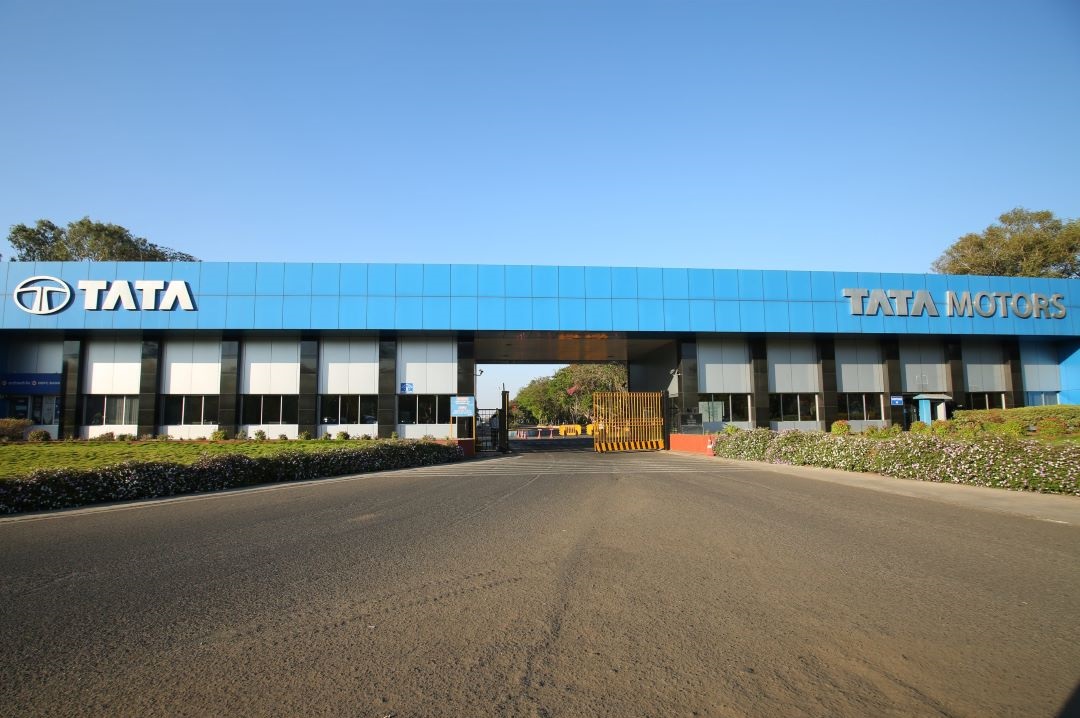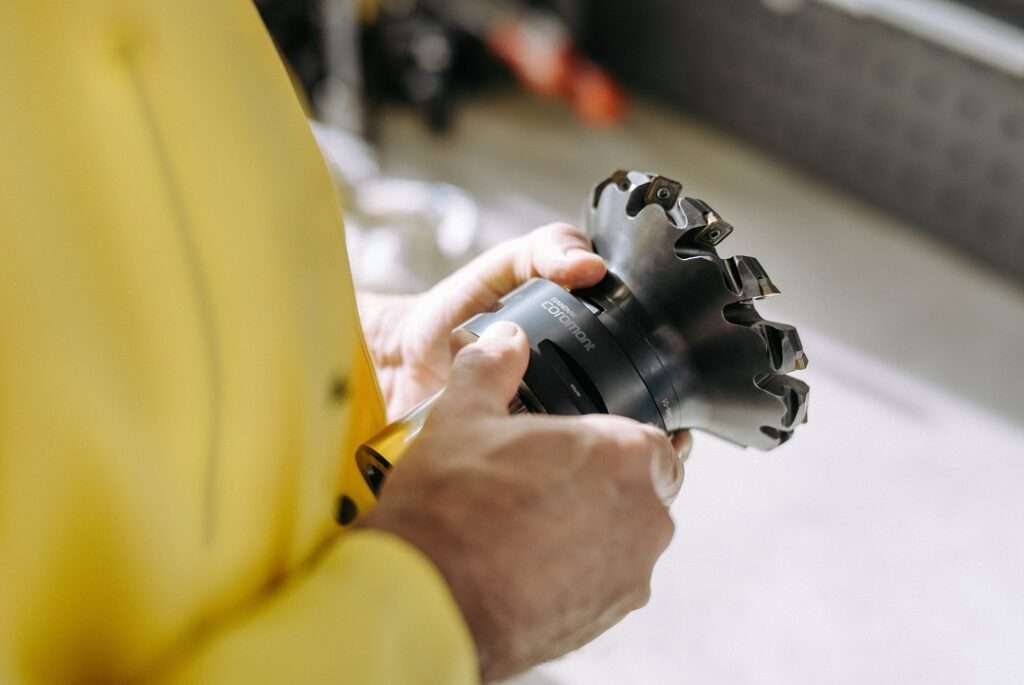Bolstered by the success of its Nexon and Punch models, Tata Motors has announced an ambitious goal to capture an 18-20% share of the Indian passenger vehicle (PV) market by 2030. This target is part of a strategic plan to expand its product portfolio with a variety of new launches across different powertrains.
In a recent presentation to investors, Tata Motors outlined its growth strategy, stating, “We will target an 18%-20% market share with our endowments. We will grow faster than the industry leveraging new nameplates and powertrain shifts.”
Tata Motors, which is currently vying with Hyundai Motor India Ltd (HMIL) for the second position in the Indian car market, held a market share of just under 14% in FY24. Hyundai slightly edged Tata with a market share exceeding 14%, while market leader Maruti Suzuki commanded about 42% of the market. Total domestic PV sales in India reached 4.2 million units in FY24.
Given the aggressive expansion plans and substantial investments by competitors like Maruti Suzuki, Hyundai, and Mahindra & Mahindra, Tata Motors faces a challenging task in increasing its market share by 4-6% over the next six years.
Tata Motors is banking on new launches in the mid-size SUV segment, specifically the Curvv and Sierra models, as well as a shift towards CNG and electric vehicles (EVs), to boost its market share to 16% by FY27. The company believes that additional launches and continued powertrain diversification could help it reach its 18-20% market share goal by 2030.
Currently, Tata Motors’ product lineup covers six sub-segments, accounting for 53% of the total industry volume. The company plans to expand this coverage to 80% with new nameplates.
In the EV market, where Tata Motors has maintained a dominant 70% plus market share, the company plans to invest between Rs 16,000 crore and Rs 18,000 crore by FY30. Tata Motors, which currently offers four electric car models, aims to launch six more by March 2026. Upcoming models include the Curvv.ev and Harrier.ev in FY25, and the Sierra.ev and Avinya in FY26. Additionally, Tata Motors plans to expand its electric car dealership network to 50 cities within the next 24 months.
The company also announced that its Indian operations are now net debt-free, and its British subsidiary, Jaguar Land Rover (JLR), is expected to achieve the same status by FY25. Tata Motors aims to increase its profit margins on passenger cars by 2% in the coming years, further solidifying its financial stability and market competitiveness.
With these strategic moves, Tata Motors is poised to significantly enhance its footprint in the Indian passenger vehicle market, driving innovation and sustainability in its product offerings.








